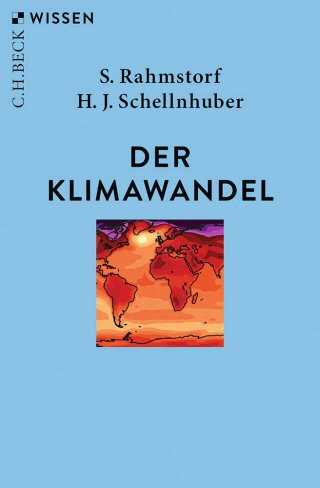Guest Commentary from Urs Neu
While analyzing tropical cyclone records is difficult enough (see ‘Tropical cylone history – part I’), it is even more challenging to reliably estimate hurricane activity back in time. Recently, Nature published an attempt to reconstruct past major hurricane activity back to 1730 (Nyberg et al. 2007). The authors concluded that the phase of enhanced hurricane activity since 1995 is not unusual compared to other periods of high hurricane activity in the record and thus appears to represent a recovery to normal hurricane activity. The paper was advertised in a press release put out by Nature and received broad media attention.
Although the approach outlined by the authors is interesting, the study contains in my view a number of problems, as outlined in a comment published in Nature today (Neu 2008):
[Read more…] about Tropical cyclone history – part II: Paleotempestology still in its infancy











